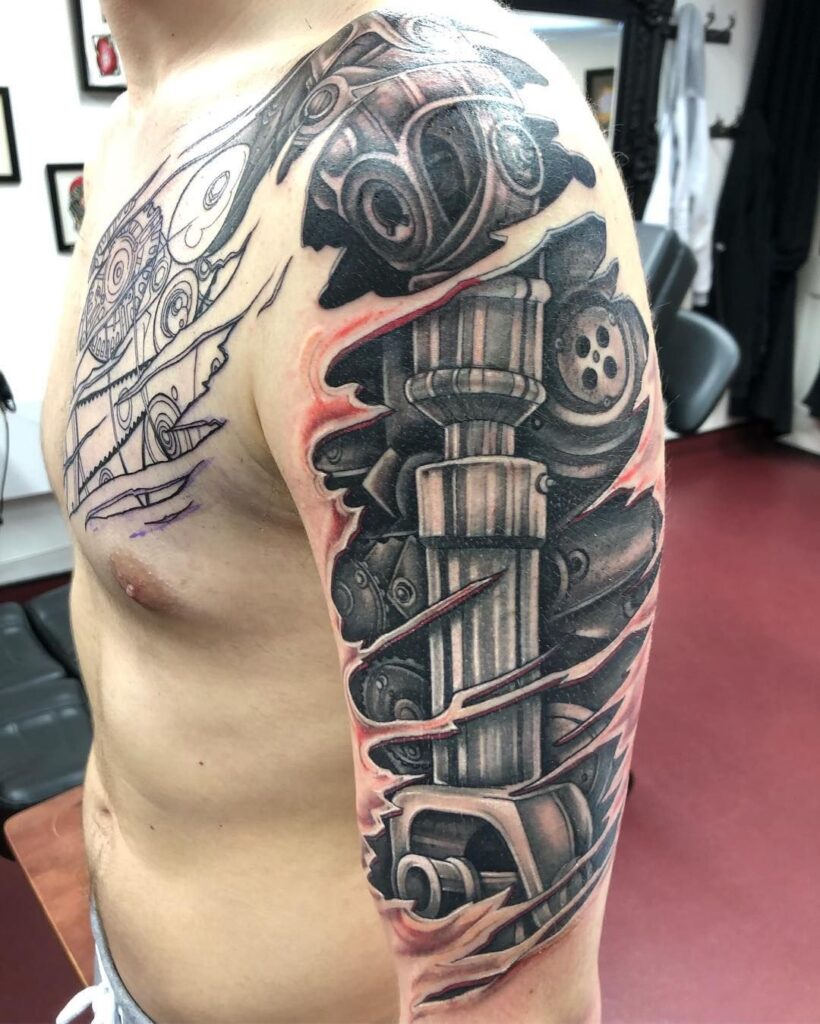Ecommerce Platforms for Artists
Are you an artist looking to showcase your talent and sell your artwork online? In today’s digital age, ecommerce platforms provide the perfect avenue for artists to reach a global audience, connect with art enthusiasts, and turn their passion into profit. With countless options available, it can be overwhelming to choose the best platform for selling your artwork. But fear not! In this blog post, we will explore the top ecommerce platforms tailored specifically for artists. Whether you’re a painter, photographer, sculptor, or any other creative soul – get ready to take your artistry to new heights in the virtual realm! Let’s dive in and discover the perfect platform that suits your artistic flair and business needs.
Benefits of Selling Art Online
Selling art online offers artists a plethora of benefits that can greatly enhance their artistic careers. One of the key advantages is the ability to reach a global audience. Unlike traditional brick-and-mortar galleries, which are limited by physical location, online platforms have no geographical boundaries. This means that artists can showcase their work to potential buyers from all over the world, expanding their market and increasing their chances of making sales.
Another benefit is the convenience and flexibility that comes with selling art online. Artists can easily upload images of their artwork onto ecommerce platforms and create personalized galleries to display their creations. They have control over pricing, shipping options, and payment methods, allowing them to tailor these aspects according to their preferences.
Moreover, selling art online eliminates intermediaries such as agents or gallery owners who often take a significant commission from each sale. By directly connecting with buyers through ecommerce platforms, artists can keep more profits for themselves.
Additionally, online platforms provide valuable marketing tools and analytics that help artists track sales performance and understand customer preferences. These insights allow artists to optimize their strategies and make data-driven decisions in order to maximize exposure and increase sales.
Selling art online empowers artists with greater visibility, control over business operations,and opportunities for growth in the digital marketplace.
Top Ecommerce Platforms for Artists:
When it comes to selling your artwork online, choosing the right ecommerce platform is crucial. With so many options available, it can be overwhelming to determine which platform will best suit your needs as an artist. To make the decision easier for you, we have compiled a list of the top ecommerce platforms specifically designed for artists.
1. Shopify: Known for its user-friendly interface and extensive customization options, Shopify is a popular choice among artists. With features like inventory management and secure payment processing, Shopify makes setting up an online store seamless.
2. Etsy: As one of the largest marketplaces dedicated to handmade goods and art, Etsy provides a ready-made audience for artists looking to sell their work. The platform offers tools for promoting your products and connecting with buyers who appreciate unique artwork.
3. Squarespace: Offering sleek templates and easy-to-use design tools, Squarespace allows artists to showcase their work in a visually stunning way. It also includes built-in marketing features such as SEO optimization and email campaigns.
4. Big Cartel: Ideal for independent artists just starting out, Big Cartel provides a simple yet effective platform for selling art online. It offers customizable themes and allows you to sell digital downloads alongside physical artwork.
5. WooCommerce: If you already have a WordPress website or are familiar with its interface, WooCommerce may be the perfect choice for you. This plugin seamlessly integrates with WordPress sites and offers robust features like inventory management and shipping options.
Each of these ecommerce platforms has its own unique strengths that cater specifically to artists’ needs – whether it’s ease of use, customization options or access to a large marketplace of art enthusiasts.
Features and Pricing Comparison
When it comes to choosing the right ecommerce platform for artists, it’s crucial to consider the features and pricing options available. Each platform offers unique tools and functionalities tailored to meet the specific needs of artists looking to sell their artwork online.
One popular option is Shopify. With its user-friendly interface and customizable themes, artists can easily showcase their art in a visually appealing way. Shopify also offers built-in SEO features, allowing your artwork to be discovered by a wider audience. Pricing starts at $29 per month for basic features, with additional fees for transaction processing.
Another notable platform is WooCommerce, which is an open-source plugin for WordPress websites. Artists can take advantage of its extensive customization options and flexibility in design. While WooCommerce itself is free to use, there may be costs associated with hosting and purchasing add-ons or premium themes.
For those seeking a more artist-centric platform, Art Storefronts provides specialized tools such as image watermarking and limited editions management. Their pricing plans range from $25 to $300 per month depending on desired features.
Choosing the right ecommerce platform depends on your specific needs as an artist – whether that’s ease of use, design customization, or specialized features tailored towards selling art online.
Tips for Successfully Selling Artwork Online
When it comes to successfully selling artwork online, artists need to have a strategic approach that goes beyond just listing their pieces on an ecommerce platform. Here are some tips that can help artists maximize their chances of success in the online art market.
First and foremost, it’s important for artists to showcase their work in the best possible way. This means investing time and effort into creating high-quality images of their artwork, using professional lighting and ensuring accurate color representation. Potential buyers should be able to get a clear sense of what the piece looks like through these images.
In addition to great visuals, artists also need to provide detailed descriptions for each piece. This includes information about the medium used, dimensions, inspiration behind the artwork, and any other relevant details that may attract potential buyers.
Another tip is to actively engage with your audience on social media platforms. Building a strong online presence can help create buzz around your artwork and attract more potential customers. Regularly posting updates about new pieces or works-in-progress can generate excitement and keep followers engaged.
Furthermore, pricing your artwork appropriately is crucial when selling online. Conducting market research and considering factors such as size, medium, complexity, and demand within your niche will help you determine fair prices for your pieces.
Finally – don’t forget about shipping! Providing reliable shipping options at reasonable rates is essential for ensuring customer satisfaction. Artwork needs special care during transit so make sure you package it securely with protective materials.
By following these tips and continuously learning from successful artists in the industry – there’s no doubt that you’ll be well on your way towards achieving success in selling your artwork online!
Case Studies: Successful Artists on Ecommerce Platforms
Now that we have explored the top ecommerce platforms for artists and discussed tips for successfully selling artwork online, let’s take a look at some real-life case studies of artists who have found success using these platforms.
1. Sarah Thompson – Etsy:
Sarah, a talented watercolor artist, decided to open an Etsy shop to showcase and sell her artwork. With its user-friendly interface and large customer base, she quickly gained visibility and started receiving orders from art enthusiasts worldwide. By optimizing her product listings with keywords relevant to her niche, Sarah was able to attract more organic traffic to her shop. Today, she enjoys a steady stream of sales through Etsy and has even expanded into offering prints of her original paintings.
2. James Wilson – Shopify:
James is a digital artist specializing in vibrant abstract designs. He chose Shopify as his ecommerce platform because of its customizable themes and robust marketing features. Using Shopify’s built-in SEO tools, he optimized his website for search engines by including relevant keywords in page titles, meta descriptions, and image alt tags. Additionally, James utilized social media integrations provided by Shopify to promote his work on platforms like Instagram and Facebook. The result? Increased brand exposure and higher conversion rates.
3. Emily Roberts – Squarespace:
Emily is a photographer known for capturing stunning landscapes in remote locations around the world. She opted for Squarespace as her ecommerce platform due to its sleek templates that beautifully showcased her photography portfolio. With Squarespace’s integrated blogging feature, Emily regularly shares behind-the-scenes stories about each photograph she sells – creating a personal connection with potential buyers while also enhancing the SEO value of her website through fresh content.
These artists are just a few examples of how ecommerce platforms can help propel artistic careers forward by providing the necessary tools for showcasing creativity effectively online.
In conclusion
Ecommerce platforms offer numerous benefits for artists looking to sell their artwork online – from reaching a global audience to having complete control over their brand




